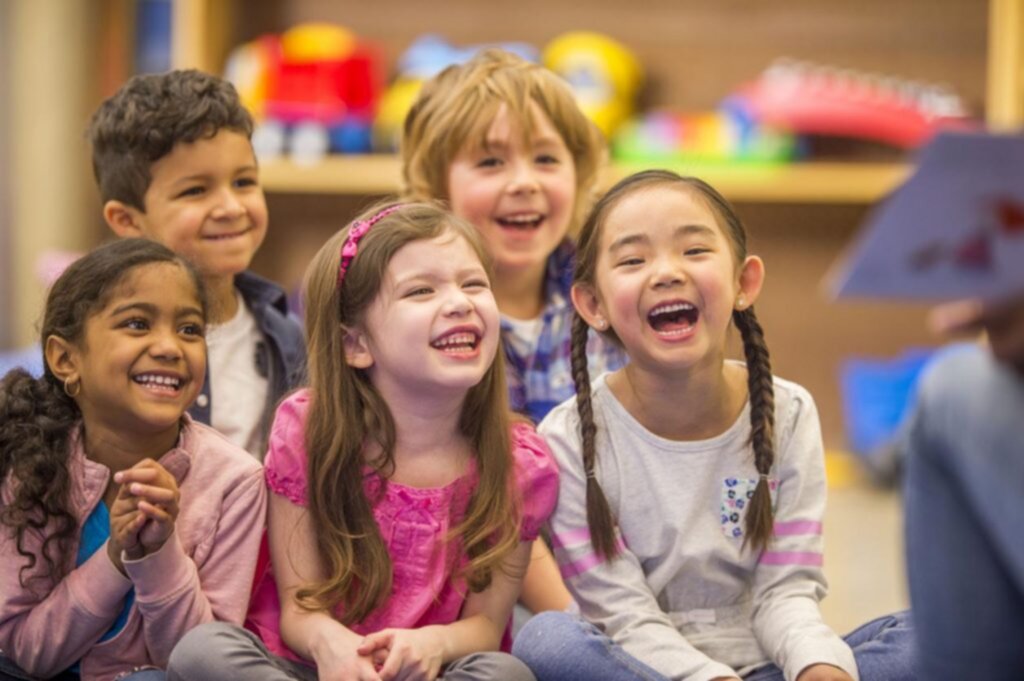
Total Physical Response (TPR) is a method used to teach vocabulary or language concepts by utilizing physical movement in reaction to verbal input. TPR is intended to mimic the way in which infants learn their first language. This process helps to reduce student’s inhibitions and lowers their stress. TPR creates a link in the brain between speech and action to help boost the learning of language and vocabulary.
How to Utilize Total Physical Response
As with every learning method there are processes on how to utilize them. Take a look at how to use TPR in the classroom:
- Step 1: Teachers must prepare themselves for the exercise. They should choose the vocabulary that will be taught, and gather any props or pictures that will be used to illustrate the meaning of the vocabulary.
- Step 2: Teachers should say the vocabulary words out loud. When speaking, they should use facial expressions, gestures, body movement, and props to illustrate the meaning of the word.
- Step 3: Teachers should have volunteer students model them with the same facial expressions, gestures, body movement, and props as they did.
- Step 4: Teachers should have all students participate in modeling them.
- Step 5: Teachers should write the vocabulary words or phrases on the chalk or white board so that the students can make a connection between the written words and the oral pronunciation.
- Step 6: Repetition is key. Make sure to teach consecutive vocabulary words in the same manner. Also, teachers should practice and review vocabulary words multiple times, in order to make sure that students understand what they have learned.
Why Use Total Physical Response and It’s Variations
TPR is typically used to teach a wide variety of vocabulary. This method works best when combining vocabulary with actions. TPR is a highly effective teaching strategy to utilize in classrooms with English Language Learners (ELLs). However, TPR can also be used with native language speakers who are learning new vocabulary. There are a few variations of TPR, which include:
- TPR Simon Says: In this variation of TPR, teachers give a command and students should only perform the command if their teacher says, “Simon says…” Students who perform the action when the teacher has not said, “Simon says…” are out of the game and must sit out and watch for mistakes of their fellow classmates.
- TPR Circles: Teachers can organize their students around them, say a word, and the students must perform the action said. The last student who performs the action is then out of the game, and must stand behind the teacher to catch the next last student.
- TPR Sounds: In this version of TPR the teacher will first have the students perform the action that is connected with each vocabulary word. Then, the teachers adds the sounds related to the word; that way, students hear the sound of the action, while performing the action.
Teachers who are looking for additional resources for teaching ELLs students can visit the Latino Literacy Project. The organization provides tips for teaching and advancing vocabulary and literacy skills in ELLs students. The Project provides webinars and seminars that not only help to educate teachers, but parents and the school community as well.
